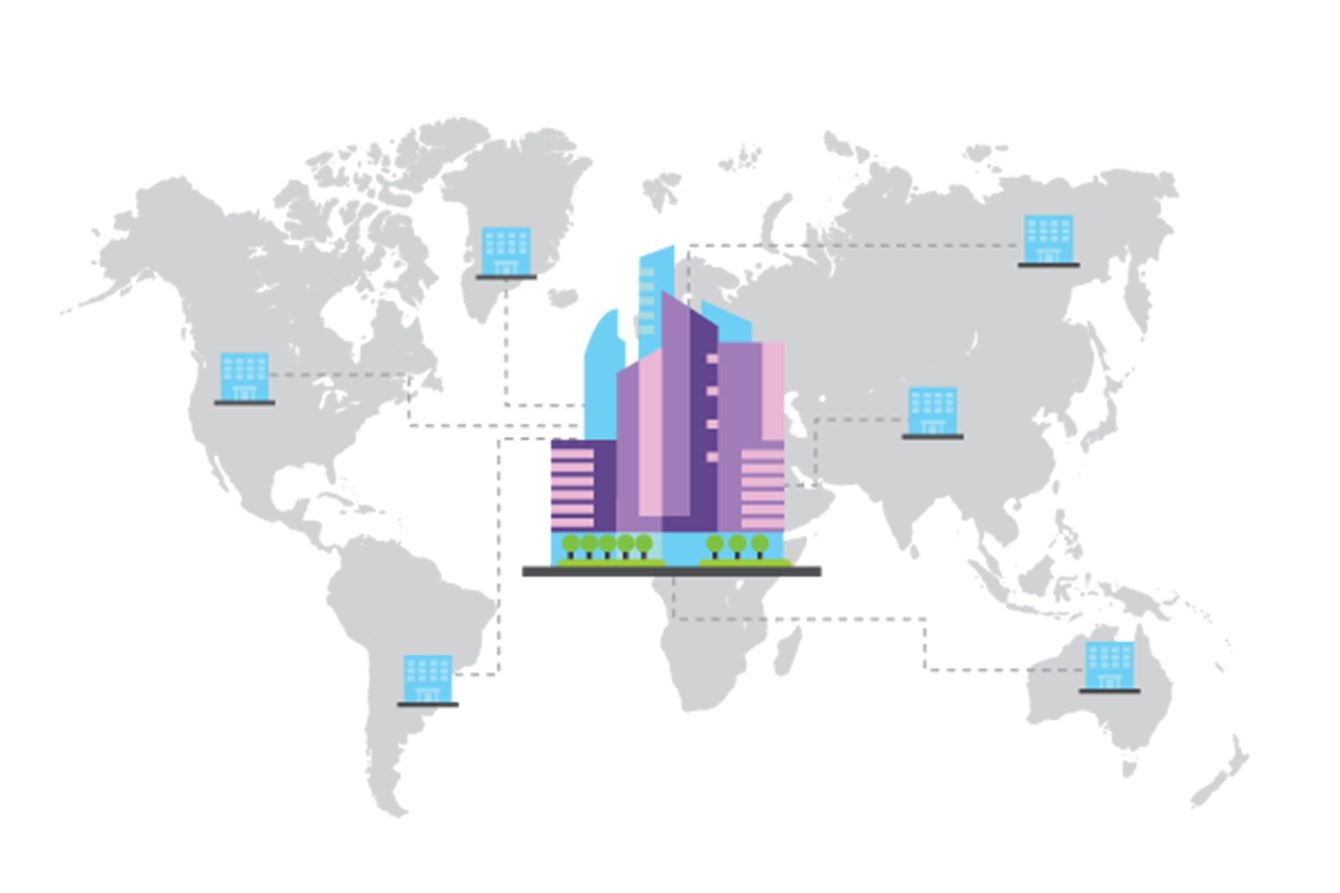Is a Two-Tier ERP Strategy right for you?
A two-tier ERP strategy is one where an organization chooses to have more than one enterprise resource planning (ERP) solution to support its business needs. The moniker “two-tier” emerged, as one tier will often consist of one tier-one ERP solutions – SAP, Oracle, or Microsoft Dynamics, along with one or more two-tier or tier-three solutions.

In this post, we’ll look into the reasons why a company might consider a two-tier solution, give an overview of two-tier implementation options, and provide some factors to consider when looking at two-tier solutions. Of course, acres of articles have been written on why a single, homogeneous ERP solution is most beneficial to an organization. The beauty of a two-tier ERP strategy is that the organization can realize all the benefits of both the tier-one and two-tier/three solutions at the same time!
Why would you consider a two-tier ERP solution?
There are several reasons why organizations would consider implementing a two-tier ERP strategy. Here are some examples of cases where companies have adopted two-tier ERP solutions:
- A company acquires another company that is running a different ERP solution. Instead of merging all the operations and business practices of the acquired company into the tier-one solution, the acquiring company decides to keep the two-tier solution running at the acquired company.
- A company reviews its general and administrative (G&A) costs and decides to push the costs of the central ERP solution down to the individual business units – the business units are stunned with the amount of money they are expected to pony up for the central ERP solution. The business unit decides that it’s best to just pick up a tier-three solution for its needs at a quarter of its share of the costs of the tier-one solution.
- A company is expanding into a new line of business such as moving into an engineer-to-order (ETO) environment for one of its product lines. The total cost and time required to upgrade and implement changes to its tier-one solution may be more than those for a full two-tier, cloud-based implementation.
- A company wishes to exploit best-of-breed system capabilities to support an unmet need in the organization. The company is not satisfied with the offerings of its tier-one provider and wishes to leverage the capabilities of one of the smaller, more nimble tier-three providers on the market.
What are the options for a two-tier strategy?
There are many different ways an organization could choose to implement a two-tier ERP strategy. The most common high-level view is that the tier-one solutions reside at the corporate headquarters and acts as the hub ERP system. The two-tier or –three ERP solutions are spoken ERP systems connected to the hub ERP system. A typical two-tier approach is to have the corporate sales and financials managed in the hub system and the satellite offices for sales or manufacturing managed within the spoke system(s).
Another method of implementing a two-tier ERP strategy might also be to use separate instances (and installations) of a tier-one ERP solution. In this case, the hub-and-spoke ERP installation is the same solution. E.g., SAP. However, the hub instance contains all the global or corporate business processes and then the spoke solutions support only the spoke business unit requirements (custom manufacturing operations, regional sales, and customer service support, etc.).
Is a two-tier ERP solution right for you?
There are some potential benefits to moving toward a two-tier ERP strategy:
- The organization might want to be nimble when spinning up additional divisions during global expansion.
- The company can take advantage of best-of-breed functionality to support a new line of business
- The company can increase its negotiating position with individual vendors by seeking price breaks.
There are, of course, potentially serious downsides to the two-tier ERP strategy. Undertaking a two-tier ERP strategy without thorough research and planning could be even more disastrous than the problems the organizations were trying to solve with it in the first place. An organization looking to move to a two-tier ERP strategy must not only be capable of handling data complexities but also need to have strong corporate governance policies and procedures developed to manage everything from master data management (MDM) to financial consolidation, to HR policies and controls, just to name a few.
Here are key high-level issues that need to be looked at when your organization is considering a two-tier ERP strategy:
- ERP software licensing fees
- ERP platform and infrastructure maintenance costs
- Personnel costs for maintaining multiple ERP solutions
- Costs of integration between tier-one and two-tier/-three systems
- Current and future business plans, e.g., growth acquisitions, globalization
- Business productivity or opportunity costs of tier-one – only solution.
Though a two-tier ERP strategy needs to be thoughtfully undertaken, in the end, it may the best transformational IT decision that a company makes. The sheer volume of strong two-tier and tier-three ERP solutions available on the market, which are purpose-built for specific lines of business, modes of manufacturing, services industry needs, etc., are nearly impossible to ignore. By implementing a two-tier ERP architecture, a company can realize both the benefits of a central hub ERP solution and those of line of business-specific ERP solutions.
